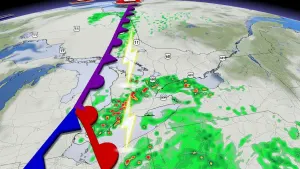
Unlikely victor in spring east versus west temperature battle
The battle of east versus west raged on in a spring that failed to deliver warmth for many -- but not all -- Canadians. Spring 2019 isn't likely to get a lot of great reviews from residents of Ontario, but it was a different story for British Columbia, and one that gave Victoria the upper hand for temperature bragging rights.
Summer revealed! Visit our Complete Guide to Summer 2019 for an in-depth look at the Summer Forecast, tips to plan for it and much more
It's safe to say the majority of Canada languished in below-seasonal temperatures through the spring months as an area of low pressure developed and redeveloped over Hudson Bay, pushing the jet stream -- and the cooler temperatures -- south. This colder-than-average air also helped to bolster the storm track over the Great Lakes and the Maritimes, leaving much of the east under predominantly grey skies.
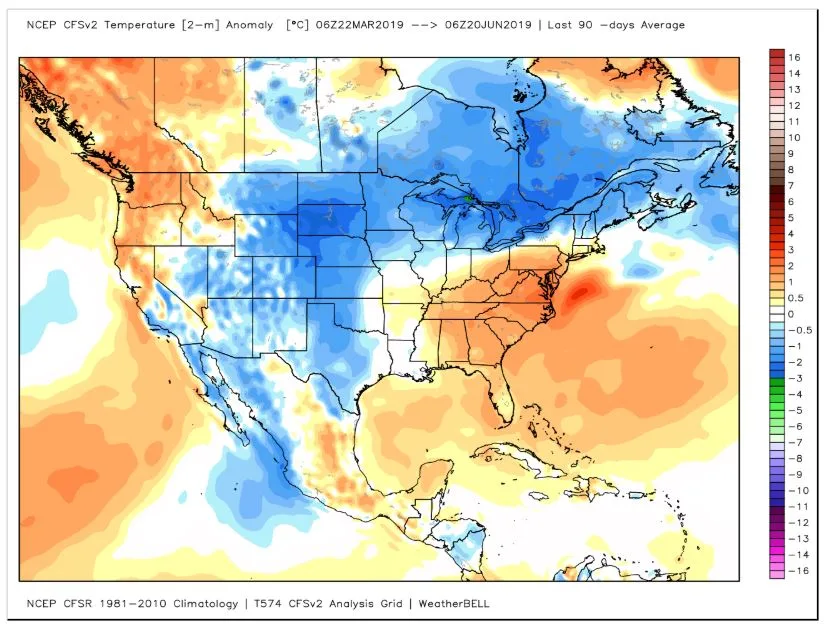
But where the jet stream dipped in the east, it shot northward in the west keeping much of British Columbia under a recurring ridge of high pressure, complete with sunny skies and milder-than-average temperatures.
In fact, Victoria outdid Toronto when it comes to spring warmth this year. B.C's capital racked up nearly 20 hours of temperatures at or above 25ºC through the middle of June. By contrast, the capital of Ontario managed to chalk up fewer than 10.
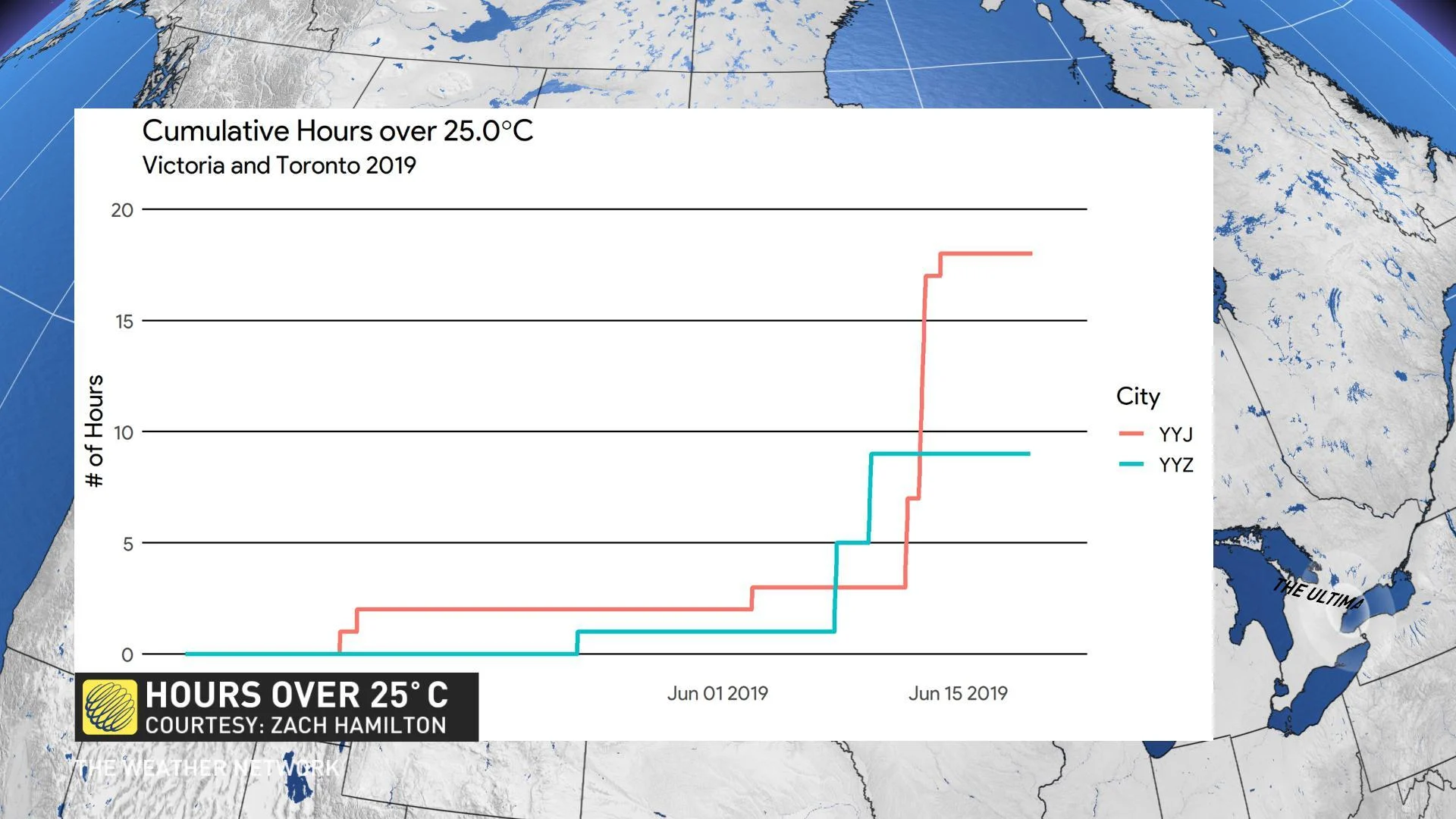
Toronto's Pearson International Airport has only seen 25 degrees four times so far in 2019. Only two years top that for lacklustre temperatures; 1982 and 2003 had the fewest 25-degree days, with 3 apiece, according to Weather Network meteorologist Dr. Doug Gillham.
Victoria has topped 25 degrees on six days since the start of the year.
With the first day of summer now upon us, it's quite likely east will soon be catching up with west when it comes to mid-twenty temperatures, but will Toronto end up with more hours at 25 than Victoria when all's said and done?
The Weather Network's official summer forecast does seem to leave Toronto as the underdog in the fight, as British Columbia has a season of above average temperatures ahead and the Great Lakes region makes up the tug of war territory between cooler-than-average weather in northern Ontario and warmer-than-average Eastern Seaboard.
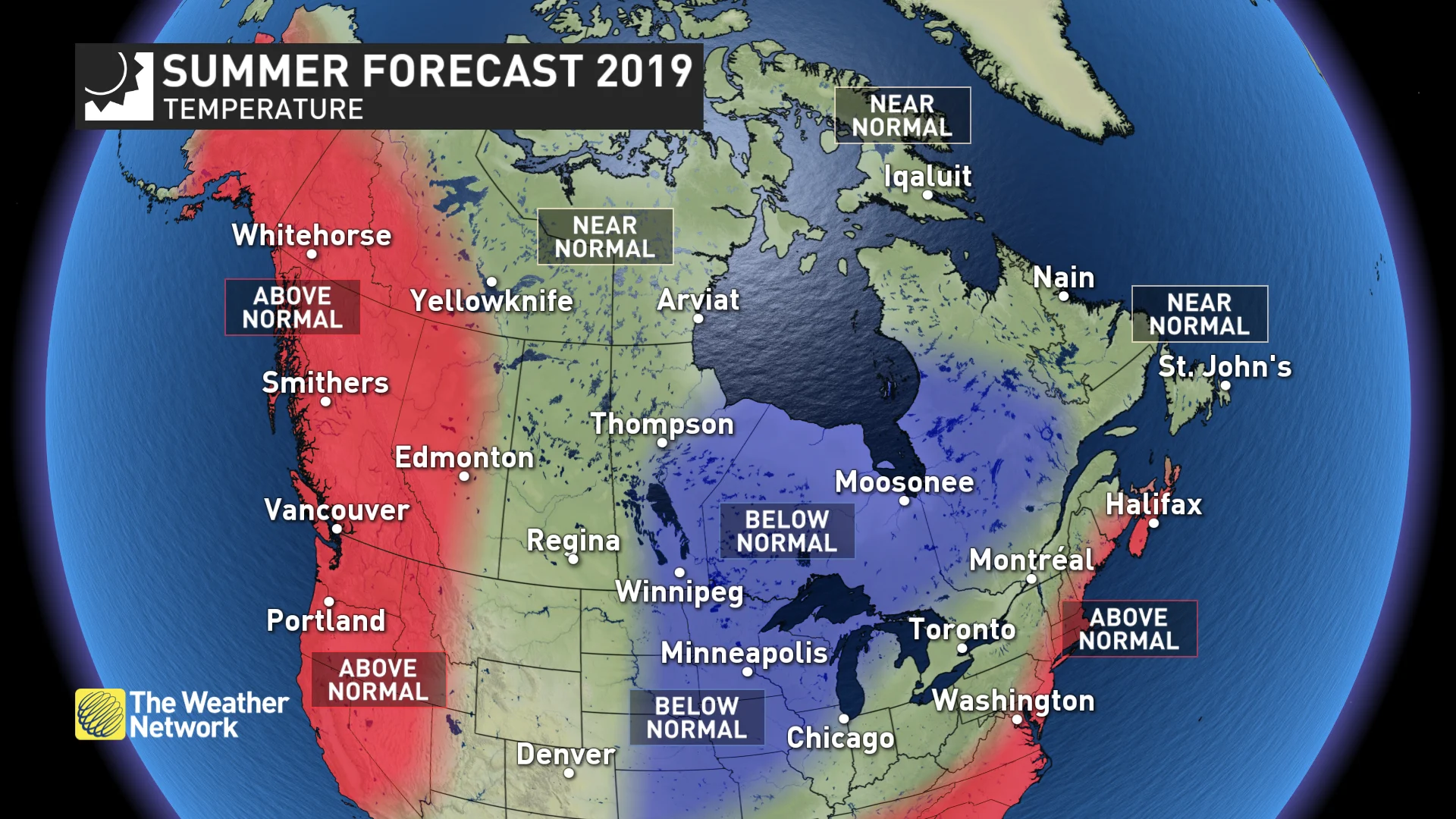
The precipitation forecast doesn't help matters, with below normal rainfall expected along the B.C. coast, and southern Ontario expected to see a wetter-than-usual pattern. That suggests sunnier days for Victoria and continuing clouds for Toronto.
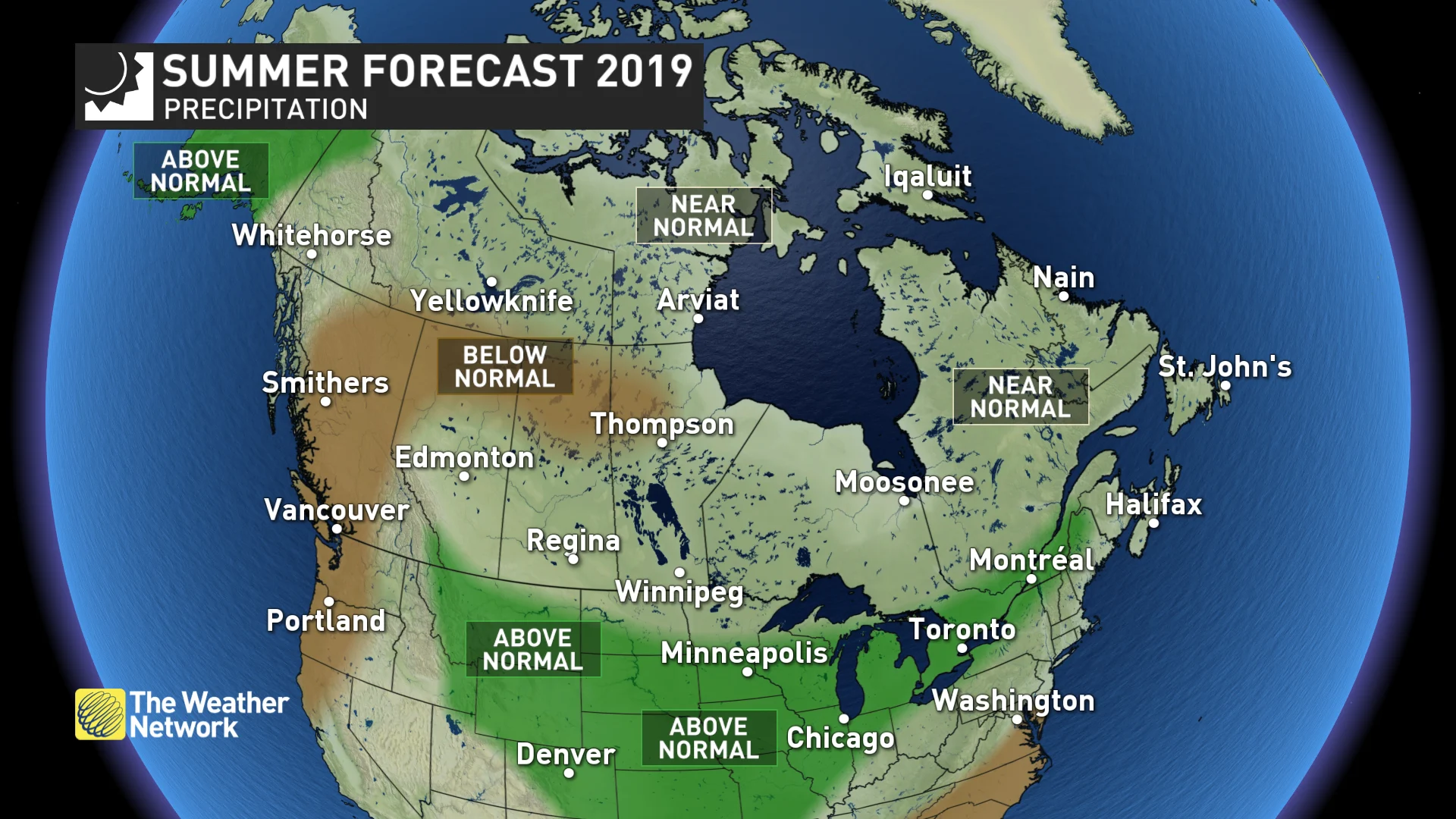
If you like playing the odds, though, Toronto is still a safe bet to take the title based on the climatology. Victoria's average high temperature for July and August is 22.4ºC, dropping to 19.6ºC in September. Toronto averages 27.1ºC in July and 26ºC in August, with a respectable 21.6ºC average high in September.







